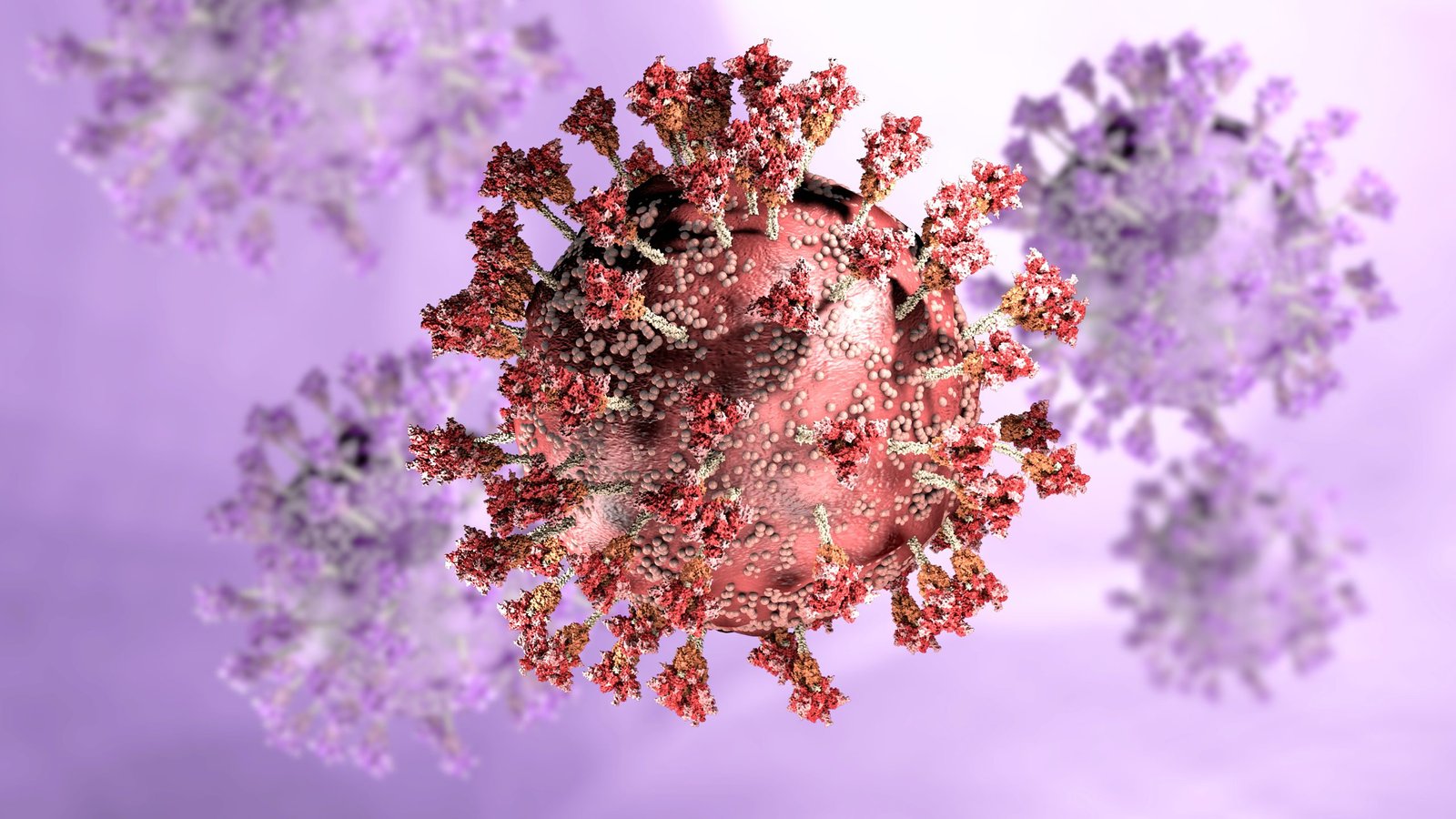It’s hard to overstate how crucial microglia are to brain health. These humble immune cells quietly patrol the central nervous system, clearing debris, pruning synapses, and maintaining myelin. But when microglia malfunction, their dysfunction ripples through the brain. A striking example is adult-onset leukoencephalopathy with axonal spheroids and pigmented glia (ALSP), a rare and fatal neurodegenerative disease driven by microglial gene mutations. Now, researchers have shown that replacing defective microglia with healthy ones can halt ALSP’s progression—not just in mouse models, but in human patients.
In a new study published in Science titled “Microglia replacement halts the progression of microgliopathy in mice and humans,” Bo Peng, PhD, and colleagues at Fudan University and Shanghai Jiao Tong University developed mouse models of ALSP and a microglia replacement strategy to treat the disease. They didn’t stop at preclinical work: a small cohort of eight ALSP patients also saw their disease progression stabilize following microglia replacement via bone marrow transplantation.
ALSP is caused by mutations in the gene encoding colony-stimulating factor 1 receptor (CSF1R), which is expressed almost exclusively in microglia in the brain. A monoallelic mutation leads to microglial loss, brain calcification, myelin pathology, axonal swelling, cognitive decline, and motor dysfunction.
Because ALSP is so rare, scientists have long lacked animal models that truly allow understanding of its progression. In this study, the team developed two new mouse models carrying human ALSP hotspot mutations (I792T and E631K), which exhibited hallmark features of the disease, including reduced microglia, myelin pathology, axonal swelling, and behavioral impairments.
To test whether microglia replacement could work as a therapy, researchers used one of their “MISTER” approaches (microglia intervention strategy for therapy and enhancement by replacement) known as Mr BMT. This involves depleting existing microglia and then using bone marrow transplantation to introduce wild-type CSF1R-expressing cells. Microglia replacement corrected pathogenic Csf1r mutation, substantially halted the brain pathology, rescued neural signal transduction, and improved motor and cognitive function in ALSP mice, reported the authors.
The researchers also treated eight ALSP patients using a traditional bone marrow transplant (tBMT). Because these patients already had a CSF1R deficiency, their resident microglia had a competitive disadvantage, allowing donor cells to effectively engraft. Over two years of follow-up, MRI scans and cognitive and motor tests showed no disease progression in these patients, contrasting sharply with untreated ALSP patients.
“For the first time, we have achieved microglia replacement in animal models and shown promising results in the human clinical trial,” said Peng, one of the study’s senior authors and a professor at Fudan University in Shanghai, China. “This is currently the only effective clinical treatment for ALSP. Microglia replacement, which was developed in our lab in 2020, has therapeutic potential beyond ALSP for other neural diseases, too.”

(Right) tBMT-mediated microglia replacement effectively halts disease progression in individuals with ALSP, with preservation of brain integrity, motor performance, and cognitive function. [Bo Peng and authors]
In an interview with GEN, Peng elaborated on how this work grew from years of systematic exploration. “In our upcoming study in Science, we utilized microglia replacement to treat a neurological disease. This research was not the result of a sudden inspiration, but rather the outcome of long-term strategic planning,” he said. “Back in 2018, during our work on microglial repopulation, we found that microglia possess a remarkable capacity for proliferation. Building on our understanding of the mechanisms underlying this proliferative ability, we, for the first time in the world, achieved efficient microglia replacement in 2020.
“From the outset, the goal of our microglia replacement strategy was to replace microglia carrying pathogenic gene mutations with allogenic cells expressing the wild-type gene, thereby correcting the genetic defect and treating the diseases,” Peng told GEN. “It took us five years to demonstrate that this concept is indeed feasible—not only effective in mouse models, but also clinically validated in human patients.”
While the strategy here relied on traditional allogeneic transplantation, Peng noted that future iterations could incorporate gene-editing approaches to avoid donor-matching hurdles and minimize graft-versus-host risks. “If we employ gene-editing technology, we can use the patient’s own bone marrow cells as the donor source, thereby eliminating the limitations of HLA compatibility,” he said.
Looking ahead, the implications stretch beyond ALSP. “In our first microglia paper, we addressed the rationale of microglia replacement therapy: when gene mutations in microglia can cause or accelerate some disease, we can replace the gene-mutated microglia with allogenic gene-normal microglia,” Peng explained. “Now, we demonstrated the efficacy by this first microglia replacement for clinical therapy with very good therapeutic results. We hope to utilize microglia replacement to conquer more diseases.”
As microglia increasingly emerge as critical players across a spectrum of neurodegenerative conditions, from Alzheimer’s to multiple sclerosis, strategies like MISTER could transform how we think about treating brain diseases rooted in immune dysfunction.
The post Rare Brain Disease ALSP Stalled by Microglia Replacement via Bone Marrow appeared first on GEN – Genetic Engineering and Biotechnology News.



